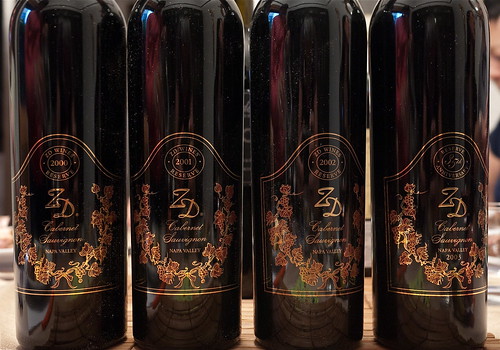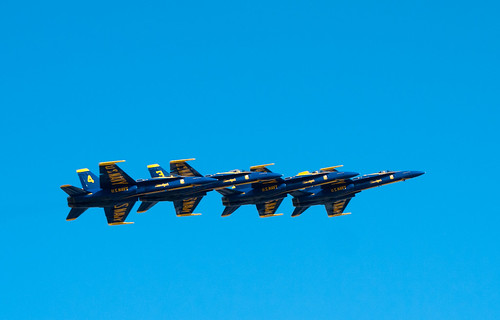
We started with the 2004 Goldeneye Pinot Noir Anderson Valley. That one was easy: everybody remembered how in Goldeneye, James Bond escapes Soviet guards with a free fall jump off a cliff into an unmanned plane, miraculously gaining control of it and avoiding a crash into the nearby mountain.
The Goldeneye Winery is owned by Duckhorn Vineyard and has been producing Pinot Noir from the Anderson Valley AVA since 1997. The wine is a blend of grapes from four estate vineyards, covering a wide range of microclimates with more than 20 distinctive clones. The wine had a big California style, lush on the palate with ripe berry flavors and hints of pumpkin pie spice on the finish.
Then we tasted the 2004 Château Malescot Saint-Exupéry, a Third Growth in the Margaux Appellation. Château Malescot Saint-Exupéry got its first name from Simon Malescot, King's Counsel to Louis XIV at the Parliament of Bordeaux, who bought the estate in 1697. Then later in 1827, it was acquired by Comte Jean-Baptiste Saint Exupéry, who renamed the property Malescot Saint-Exupéry. So what's the wine's connection with aviation? Antoine de Saint Exupéry, pioneer aviator and famous writer, was actually the grandson of Jean-Baptiste.
The wine is a blend of 50% Cabernet Sauvignon, 35% Merlot, 10% Cabernet Franc and 5% Petit Verdot. It had a dense, blackberry nose with some coffee notes, quite chewy on the palate with a well-balanced finish. A promising wine but much too young to be drunk now.
Our third wine was the 2005 Silverado Vineyards Cabernet Sauvignon Solo Stags Leap District. First, we thought of solo flight, but after some discussions, we found that Solo had even more connections to flying, including Han Solo, famous captain of the Millennium Falcon.
Silverado Vineyards was established in 1981 by the Miller family. They named the winery Silverado, after the abandoned mining camp in the Mayacamas Mountains, where Robert Louis Stevenson spent his honeymoon in the early summer of 1880.
The Solo Cabernet Sauvignon is made from 100% Cabernet grapes grown in the estate Stags Leap Vineyard, surrounding the winery. It was a powerful wine with aromas of blackberries and oak and a big finish.
We ended the tasting with a vertical tasting of ZD Reserve Cabernet Sauvignon: 2000, 2001, 2002, and 2003.

Nobody knew that ZD stands for the initials of the names of the founders Gino Zepponi and Norman deLeuze, two former aerospace engineers. It also stands for Zero Defects, a quality control program that originated in the aerospace industry.
The ZD Reserve Cabernet Sauvignon is a blend of several Napa Valley lots, with ZD's organically farmed Rutherford Estate used as the backbone. The 2000 was the first vintage to open up, with an expansive nose and ripe fruit aromas. The 2001 was tighter and more subdued at the beginning but it eventually surpassed the 2000 with aromas of blackberries, moka, and licorice, a firm, well-balanced backbone, and a full-flavored finish. It ended up being my favorite. The 2002 was not as good and a bit off balanced. The 2003 was young, bright, and fruity but without the complexity of the 2001.
And above our heads, the Blue Angels were flying.

Technorati tags: wine food & drink